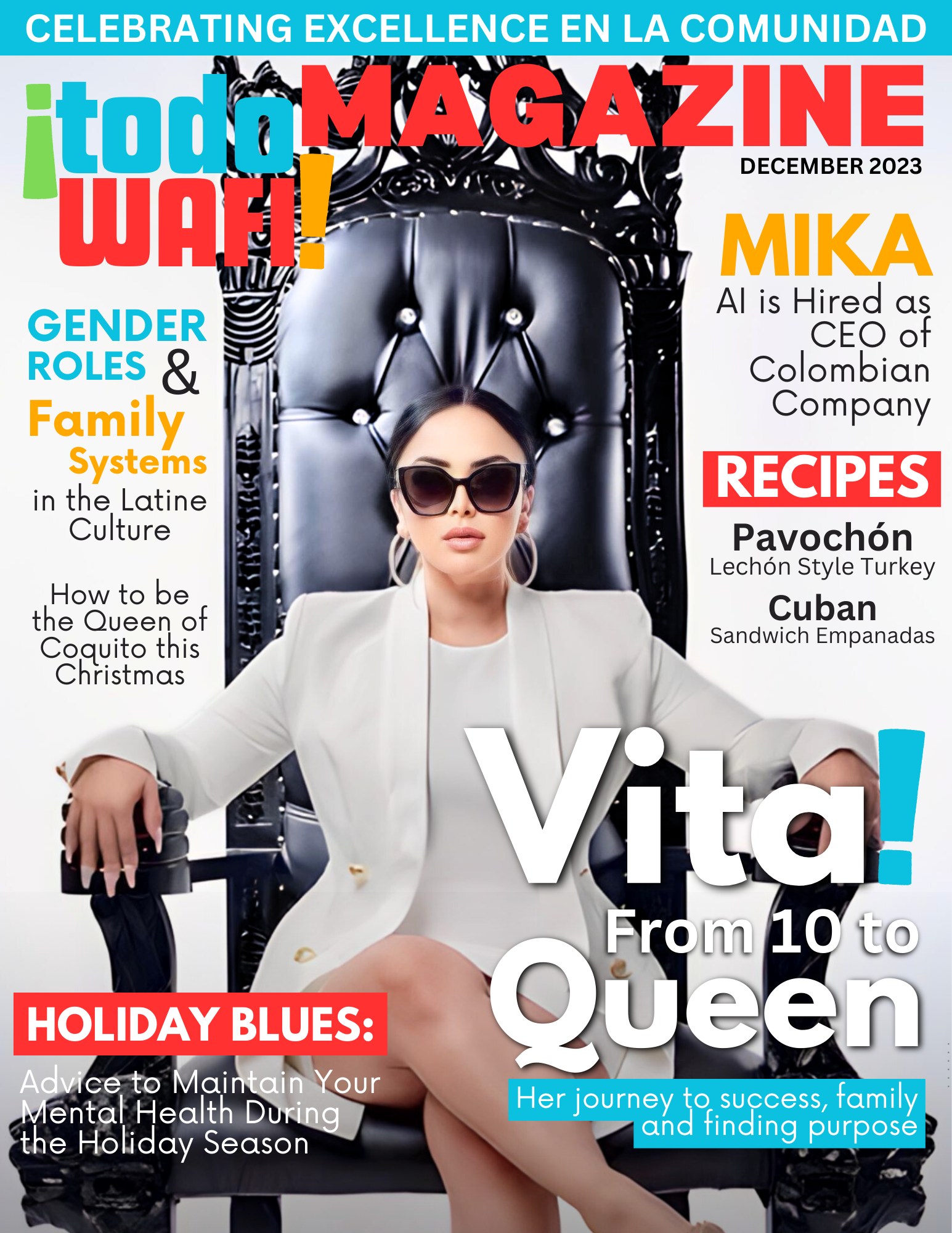What is Fashion Revolution Day?
Fashion Revolution Day started nine years ago in 2014. It encourages individuals who love fashion to campaign for changes that they want to see applied to the industry. The website Fashion Revolution shares its mission statement and how important change in the fashion industry is, “We celebrate fashion as a positive influence while also scrutinizing industry practices and raising awareness of the fashion industry’s most pressing problems. We aim to show that change is possible and encourage those who are on a journey to create a more ethical, sustainable and transparent future for fashion.”
How have Latinos changed the fashion industry?
Did you know that some of the trends you followed either back then or now were inspired by Latino culture? Celebrities like Jennifer Lopez, Salma Hayek, Penelope Cruz, and Rosie Perez saw fashion at its high in the early 90s. Now, celebrities like Maluma, Bad Bunny, Cardi B, and Eva Mendes are taking the lead in the new era of fashion.
Let’s take a closer look at the types of style trends that the Latino culture has inspired.
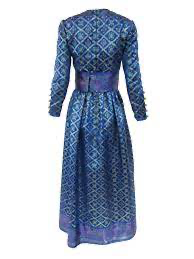
Maxi Dresses
This trend originated in the 1960’s and was created by the late fashion designer Oscar De La Renta. During this time De La Renta redefined evening wear for women and changed the way that society viewed them.
According to the Museum of Fine Arts, “The influence of Spain dates to de la Renta’s formative years as an art-school student living in Madrid in the 1950s. The country’s art and culture—especially flamenco dancing and bullfighting—made a great impression on him. For the design of a 1960s evening ensemble de la Renta inventively layered the influences of the garden and Spain.”
Even after his death, his legacy lives on through his designs.
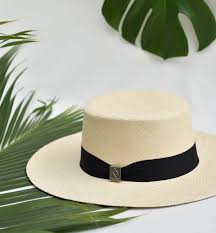 Cordovan Hats
Cordovan Hats
According to history, Cordovan hats (Traditional Andaulusian hats) originated from Spain in the 17th century, and became a popular trend in the fashion industry in the 19th and early 20th century. It was originally meant to be designed excessively for men’s fashion. However, in the following years women decided they wanted to follow the trend too.
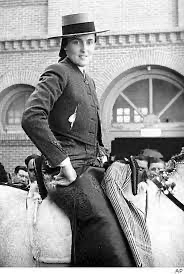
De Tourjours.com states that, “Women have played with this accessory through the years, without forgetting its symbolic origins, such as Dree Vreeland and Ava Gardner who glorified the Cordovan hat in the 60’s, and the beautiful Bo Derek did too,”

Poncho
The poncho, both stylish and comfortable, became popular in the fashion industry in the early 2000s thanks to actress, singer, and dancer Jennifer Lopez when she was photographed wearing a plaid poncho in 2007. For the next few years, ponchos were in and out of style with various designers creating their own variations of the outfits like evening capes, sweater caps, and tailored capes.
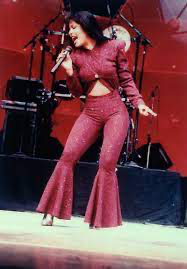
Jumpsuits
Tejano singer and icon Selena Quintanilla changed the world through her music and her style. Her unique style consisted of colorful two-pieces, glitter jumpsuits, bedazzled bralettes, and ruffled shirts paired with leather jackets. Her style made a lasting impression on many people that even after her death, designers are modeling their creations after her style. Multi-million dollar brands like Fashion Nova and Forever 21 have collections and costumes dedicated to the singer.
Fashion Nova Selena Halloween Costume and Forever 21 Selena Collection
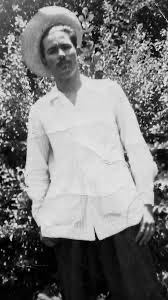
Camp shirts
According to the clothing website, the origin of the camp shirt was inspired by “…Cuban men who migrated to Miami and New York in the late 1950s and ’60s during the exodus after the Cuban Revolution.”
Over time many people have recreated this style and made it more modern. Particularly men’s clothing magazines like GQ have written articles about how stylish camp shirts are and how they can be worn for any occasion of the season rather than just the summertime.

Fashion trends come from different eras of history, music, art, and from an individual’s imagination. When I realized how much Latino culture inspired some of the trends that I’ve followed and currently still follow I was amazed. As a young Latina woman, it is heartwarming to see my culture represented in an industry that is pushing for everyone’s ideas to be heard.


















